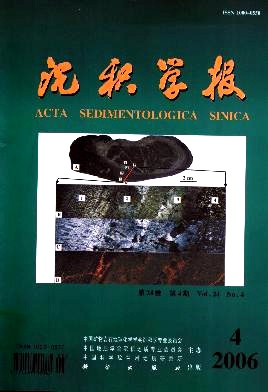Implications of the Color of Sediments and Clay Minerals for Tertiary Climatic Changes of Kuqa Depression
- Received Date: 2005-11-01
- Rev Recd Date: 2006-04-10
- Publish Date: 2006-08-10
-
Key words:
- color of sediments /
- clay minerals /
- climate /
- Tertiary /
- Kuqa depression /
- Tibetan plateau
Abstract: Rich paleo-environmental and paleo-climatic formation is recorded in Tertiary successive detrital deposition of Kuqa depression. Based on detail magnetstratigraphic chronology, the color of sediments and the clay minerals of Tertiary from Kuqa depression are tested systemically. The results illustrate that there has consistent alteration trends between the color of Tertiary sediments from Kuqa depression and Tertiary global temperature change. Along the falling of global temperature, the red index of sediments decreases. The assemblages and contents of clay minerals change dramatically at 13Ma. The assemblages of clay minerals before 13Ma are illite and chlorite, and are smectite, chlorite, illite and kaolinite after 13Ma, which indicate that the climate is arid before 13Ma and alternation between dry and cold climate and warm and wet climate after 13Ma. The climatic change is consistent with enhancement of Asian inland monsoon which shows that the Tertiary climatic change of Kuqa depression at 13Ma has intimate relation with the uplift of Tibetan plateau.
| Citation: | Implications of the Color of Sediments and Clay Minerals for Tertiary Climatic Changes of Kuqa Depression[J]. Acta Sedimentologica Sinica, 2006, 24(4): 521-530. |






 DownLoad:
DownLoad: